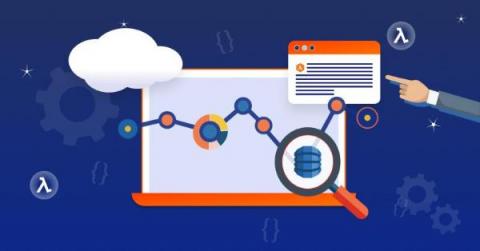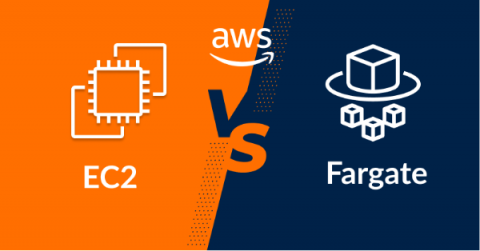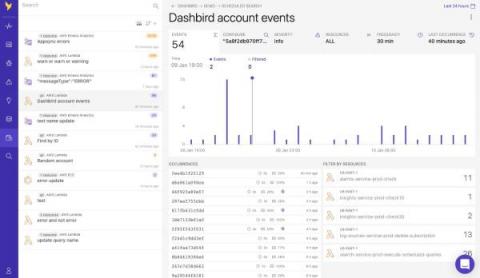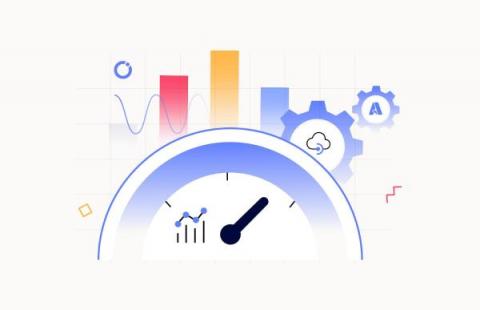Operations | Monitoring | ITSM | DevOps | Cloud
Serverless
The latest News and Information on Serverless Monitoring, Management, Development and related cloud technologies.
Monitoring AWS DynamoDB performance and latency
Amazon DynamoDB is a fully managed NoSQL database service provided by AWS and is tailor-made for serverless applications. As a fully managed service, we don’t have to worry about operational tasks with DynamoDB, such as hardware provisioning, configuring instances, scaling, replications, software patching, etc.
Logic App Best practices, Tips, and Tricks: #19 Protect your Logic Apps (Part II)
Comparing Amazon ECS launch types: EC2 vs. Fargate
Amazon Elastic Container Service (ECS) is a fully managed container orchestration service that enables users to easily run, manage and scale containers on AWS. With ECS, you can deploy containers either on a cluster of Amazon EC2 instances or on AWS Fargate, a serverless computing engine for containers. In this article, we’ll look at how these two launch types compare and explore how to start using them.
Recap of Serverless360's journey in 2022
Introducing easy custom event monitoring for serverless applications.
Today we are excited to announce scheduled searches – a new feature on Dashbird that allows you to track any log event across your stack, turn it into time-series metric and also configure alert notifications based on it. This has been one of the most requested features across our users and we are thrilled to make it available for all users starting today.











